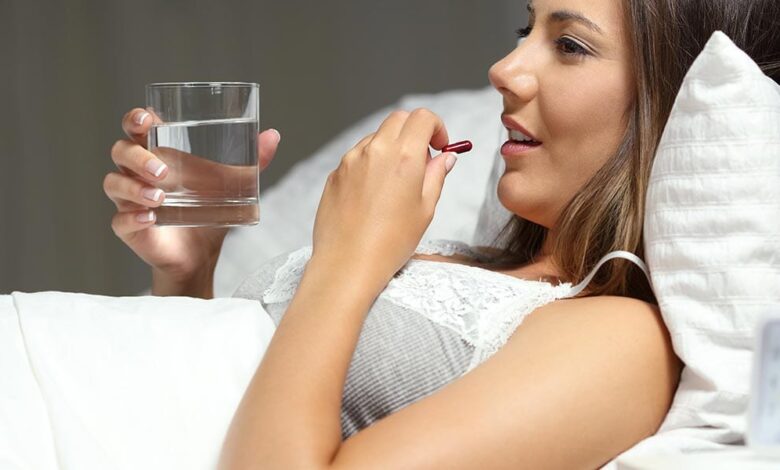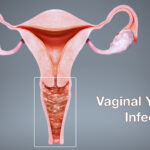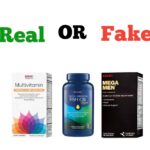Why is Red Yeast Rice Taken At Night?

What is red yeast rice?
Red yeast rice is a type of fermented rice that is produced using specific species of mold, Monascus ruber or Monascus purpureus. It’s been used in traditional Chinese medicine for centuries for its powerful health-promoting properties. Red yeast rice contains the compound monacolin K — the same active ingredient found in prescription cholesterol-lowering medications like lovastatin.
For this reason, it’s often used as a cost-effective alternative to pricey medications to help reduce cholesterol levels and support heart health. Research has shown other beneficial effects as well, ranging from reduced cancer cell growth to improved blood sugar and insulin levels. Today, red yeast rice is commonly sold as an over-the-counter supplement marketed to help manage cholesterol and improve overall health.
Is Red Yeast Rice Extract a Drug or a Supplement?
Confusingly, the answer is both. One of the most important ingredients in RYRE is monacolin K. It’s also known as lovastatin, the active ingredient in the prescription drug Mevacor.
So on one hand, the extract is a traditional remedy that helps lower cholesterol. On the other, the pharmaceutical manufacturer of Mevacor argues that it owns the rights to the ingredient lovastatin.
This confusion extends to how the supplement is sold in the U.S. Because red yeast rice extract contains a substance classified as a prescription drug, the FDA has requested that several RYRE products be withdrawn from the market because they contained monacolin K. The FDA cited a risk of severe muscle problems that could lead to kidney disease.
Despite the FDA’s attempts, many people in the U.S. still manage to get similar red yeast rice extracts from other countries or on the Internet.
How should red yeast rice be taken?
Red yeast rice is available in capsule or tablet form and often formulated in combination with other ingredients, such as CoQ10, nattokinase, or omega-3 fatty acids. These supplements are widely available in health food stores, pharmacies, and though online retailers.
Doses ranging from 200–4,800 mg have been studied in clinical trials, typically containing about 10 mg of total monacolin. Most major supplement brands on the market generally recommend taking between 1,200–2,400 mg daily, divided into two to three doses.
However, the amount needed to realize the potential benefits has not been scientifically determined, and erring on the side of caution is best to minimize the chances of side effects. However, given the risk of adverse side effects and safety concerns associated with red yeast rice extract, it’s best to speak with your healthcare provider to determine the best dosage for you.
Why Is Red yeast rice taken at night?
Red yeast rice taken at night because cholesterol lowering medications (statins) work better if taken at that time. Studies show that when a statin is taken at night, there’s a greater reduction in LDL cholesterol than when it’s taken in the morning. Red yeast rice contains the compound monacolin K — the same active ingredient found in prescription cholesterol-lowering medications like lovastatin.
Studies in the United States have shown that high doses of red yeast rice extract (2.4 gm/day) can reduce your total cholesterol level as much as 20-25%, although usually less.
The effects of red yeast rice extract were also tested in China in a study that included almost 5,000 patients. All patients had coronary artery disease (CAD), and the study looked at how many people had a major cardiovascular event, like a heart attack, or died from CAD. Patients were randomly chosen to take at least 600 mg of red yeast rice extract twice a day or a placebo. Patients took part in the trial for an average of 5 years. The study showed that patients who took red yeast rice were 30-33% less likely to die from CAD or any other cause. They were also about a third less likely to need revascularization, such as angioplasty.
What medication can interact with red yeast rice?
Possible interactions include:
- Alcohol. Don’t drink alcohol if you are taking red yeast rice. The combination might increase the risk of liver damage.
- Cyclosporine (Neoral, Sandimmune). Taking this immunosuppressive drug with red yeast rice might increase the risk of myopathy.
- Cytochrome P450 3A4 (CYP3A4) inhibitors. Taking red yeast rice with drugs, such as erythromycin, that inhibit this enzyme might increase the risk of harmful red yeast rice side effects.
- Grapefruit. Drinking grapefruit juice and taking red yeast rice might increase the risk of the supplement’s harmful side effects.
- Gemfibrozil (Lopid). Taking this cholesterol drug with red yeast rice might increase the risk of myopathy.
- Hepatotoxic drugs, herbs and supplements. Red yeast rice might contain monacolin K, which can cause liver damage in some people. Taking red yeast rice with these types of drugs, herbs and supplements could increase the risk of liver damage.
- Niacin. Taking red yeast rice with high-dose niacin might increase the risk of myopathy.
- St. John’s wort. Taking this supplement with red yeast rice might reduce the effectiveness of red yeast rice.
- Statin. Taking red yeast rice with other statins might increase the risk of harmful side effects.
Additionally, make sure that you choose a high-quality supplement. Here are some ways you can know that you are choosing a product from a reputable manufacturer:
- They produce their supplements in a certified Good Manufacturing Practices (cGMP) facility, meaning it meets Food and Drug Administration criteria.
- Their supplements have been third-party tested for purity and ingredients, ensuring that the supplement is labeled honestly and is free of contaminants. Ideally, they make these third-party reports available for consumers.





